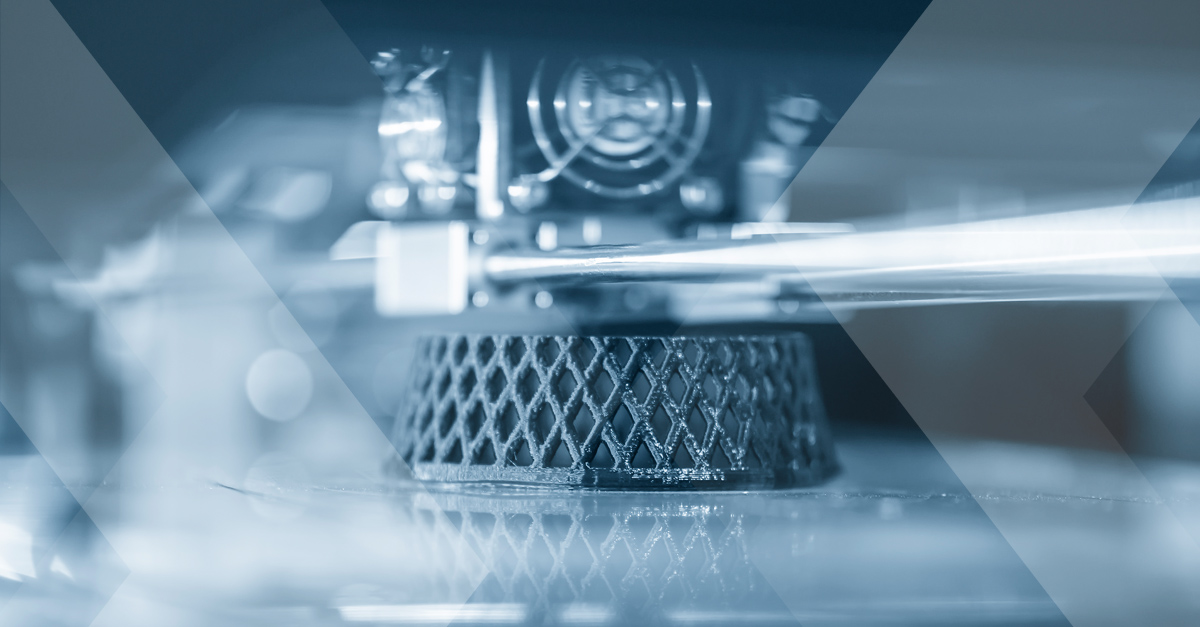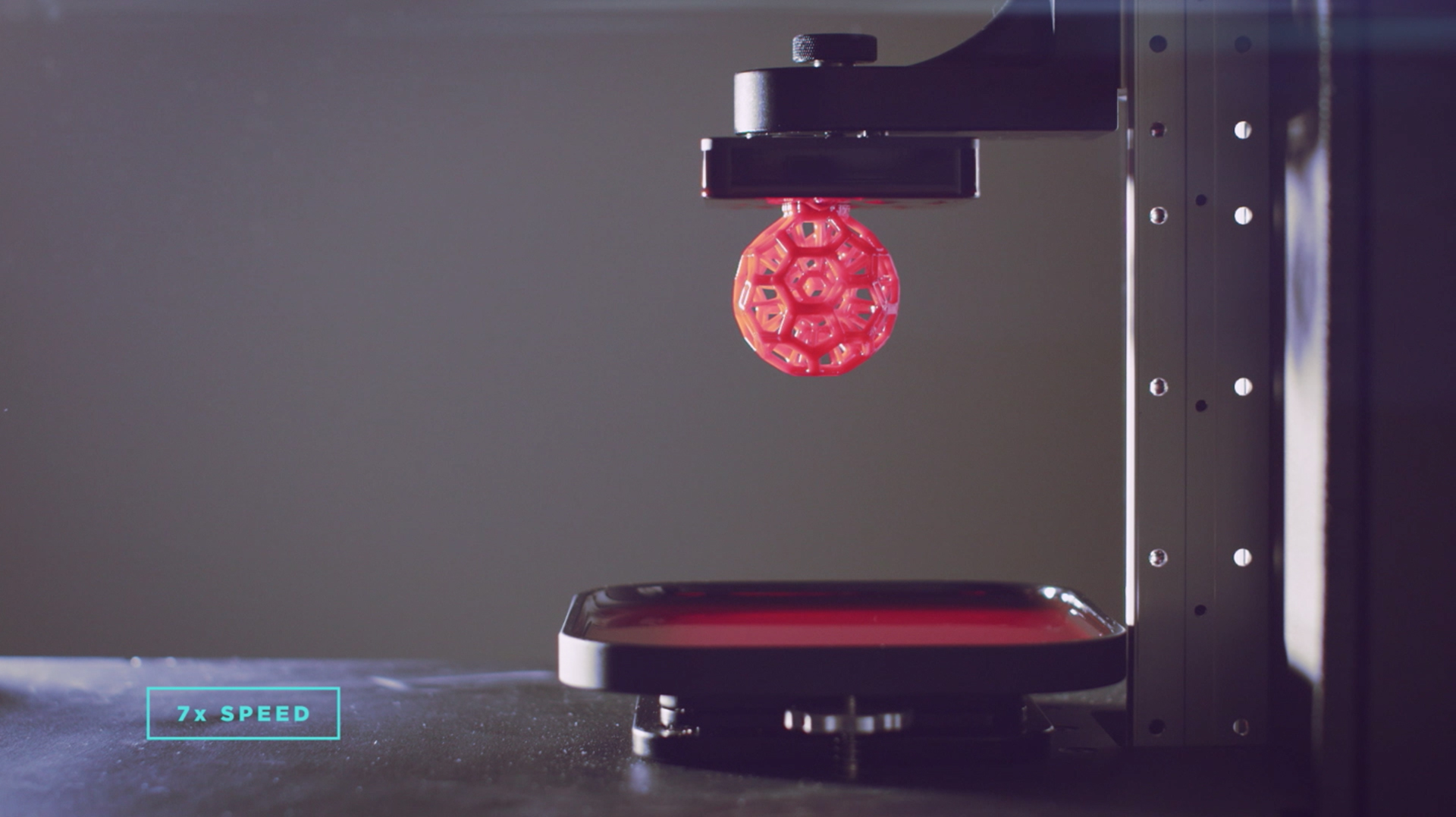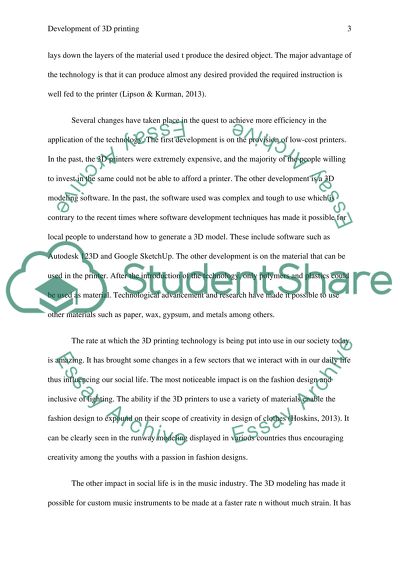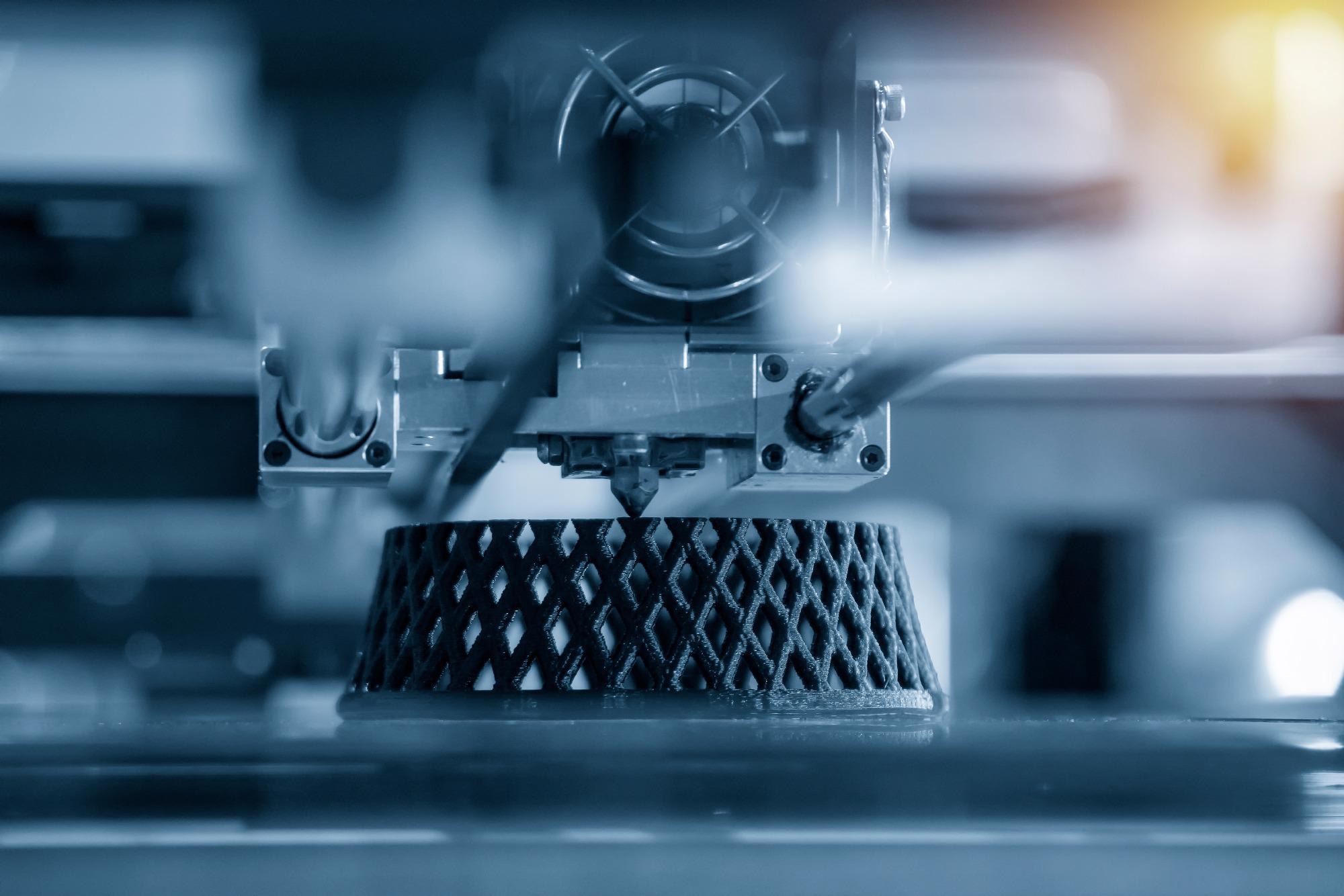3D printing, also known as additive manufacturing, is a process of creating a physical object from a digital file by building it layer by layer. It has revolutionized the way we manufacture and design products, offering a range of benefits including cost savings, increased efficiency, and the ability to create customized, complex designs.
One of the major advantages of 3D printing is its cost-effectiveness. Traditional manufacturing methods often require expensive equipment and materials, as well as a high level of labor. In contrast, 3D printing allows for the production of small quantities at a lower cost, making it ideal for prototyping and small-scale production. Additionally, the ability to print on-demand reduces the need for inventory and storage, resulting in further cost savings.
Another benefit of 3D printing is its efficiency. The process is highly automated, requiring minimal human intervention once the design is uploaded. This not only reduces the risk of errors, but also allows for the production of complex designs that may be difficult or impossible to manufacture using traditional methods. 3D printing also has a relatively fast turnaround time, as objects can be printed in a matter of hours or even minutes, depending on the size and complexity of the design.
Customization is another major advantage of 3D printing. With traditional manufacturing methods, customizing a product often involves significant time and cost. In contrast, 3D printing allows for the creation of highly customized products at a lower cost and with a shorter turnaround time. This has significant potential in fields such as healthcare, where personalized prosthetics and medical devices can be created to fit an individual's specific needs.
3D printing also has the potential to revolutionize the way we think about waste. Traditional manufacturing often generates a significant amount of waste, as excess material is often cut or discarded during the production process. In contrast, 3D printing generates minimal waste, as the process only uses the exact amount of material needed to create the desired object. This not only reduces costs, but also has significant environmental benefits.
In conclusion, 3D printing is a revolutionary technology that offers a range of benefits including cost savings, increased efficiency, customization, and reduced waste. While it is still in the early stages of development, the potential applications of 3D printing are vast and the technology is likely to have a significant impact on a variety of industries in the future.







